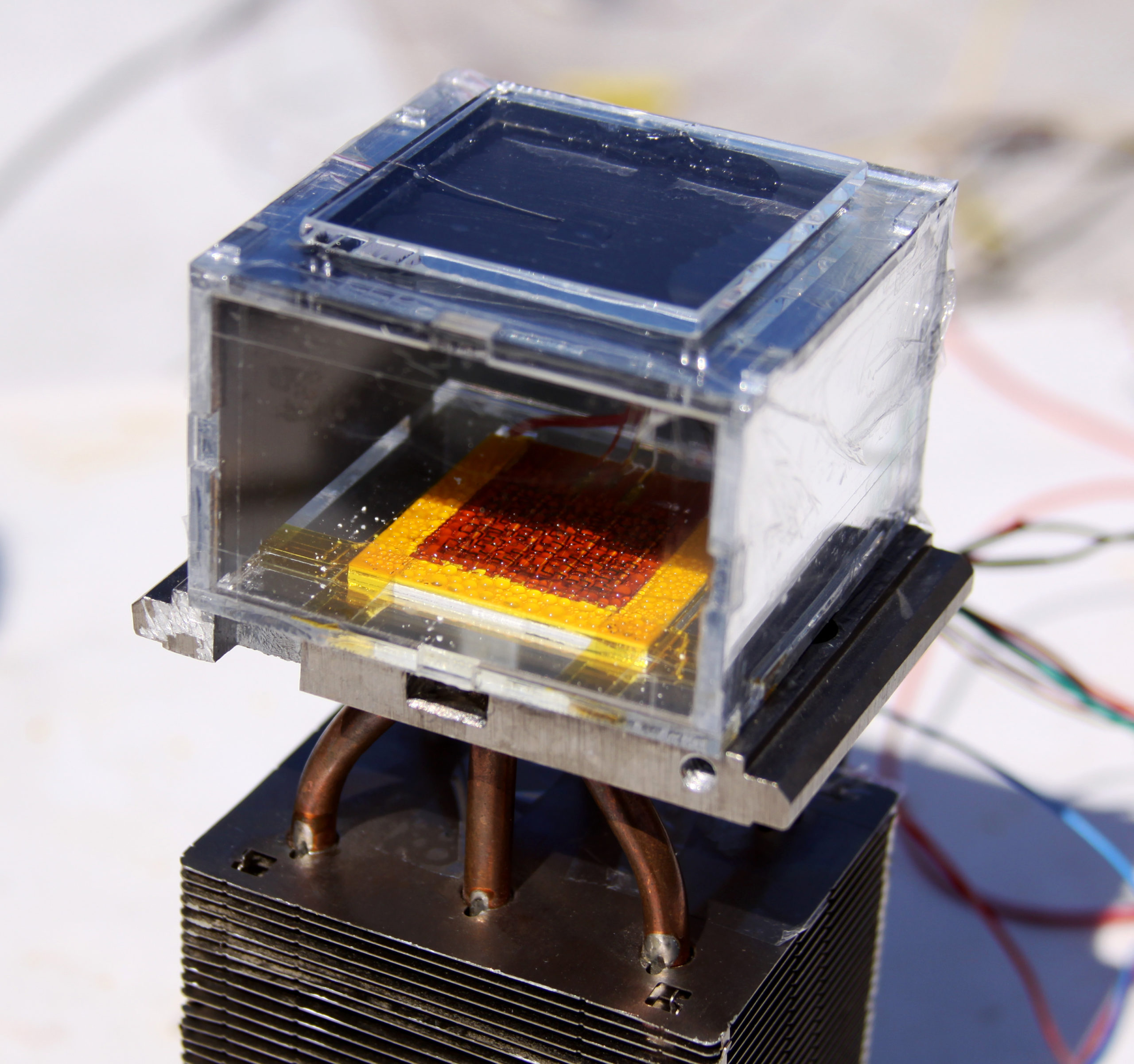Luke Skywalker’s home planet isn’t the only place in need of moisture farms to harvest water. Here on Earth, with our deserts and droughts, we’ve got tons of folks in need of fresh, drinkable H20.
There’s no doubt that many Earthlings are facing a severe water shortage — maybe four billion of us, according to one study. That’s led an international team of scientists to join the hunt to try and pull out some of those valuable water molecules from the atmosphere. Their latest prototype uses a popular but strange new material and requires little energy, even in some of the driest places on Earth.

“The key here is that it’s a new approach to water harvesting that’s passive, using the sunlight,” study author Evelyn Wang told Gizmodo. “I think that’s very powerful.”
There’s nothing new about moisture harvesting — obviously the idea was around back in the 1970s (a long, long time ago in a galaxy far, far away). Plenty of other atmosphere and moisture harvesters exist that draw their water from dew or fog, them. But listen, this one works in the desert.
The key to this new prototype, published today in the journal Science, are metal-organic frameworks, or MOFs. The crystalline MOF powder used here has a molecular network comprised of both metals, in this case zirconium, and carbon-based compounds. These MOFs are really easy to modify at their tiniest level and are super porous, so another team of scientists recently tested them embedded in a small foam for use as moisture harvesters. The researchers behind the new study put one MOF into a foam to hold everything in place, and started collecting water.
The team first tested their materials in a controlled environment at 20 per cent humidity and 95 degrees Fahrenheit, probably daytime temperatures and humidities near Uncle Owen’s farm. The setup sucked up .24 litres of water per kilogram of MOF after 70 minutes, which is around a cup of water. After running some tests, the team built and tested a proof-of-concept prototype with a 5 centimeter by 5 centimeter MOF layer and a solar powered condenser, which they tested on the roof of an MIT building. Their prototype can harvest 300 ml of water per kilogram of MOF, said researcher Eugene Kapustin from the University of California, Berkeley, but they only used 1.5 grams of the stuff. They still squeezed out around .2 kilograms, or a little under half a pound of water, at the end of the trial.
As far as impurities in the water, Wang said the final prototype might incorporate a filter, but that water is pretty much the only vapour the device catches.

Another researcher, Li Kang, Professor of Chemical Engineering at Imperial College, London pointed out in an email to Gizmodo that this research wasn’t adding much new in terms of our knowledge of MOFs — but that doesn’t mean it’s not exciting. This was the “first new study that reported for the proof-of-concept towards real applications of MOF materials, likely leading to commercialization of the device,” he said. He thought the analysis on the function of the material was well-done and extensive.
Obviously scaling up to eventual commercialization comes next.”We did some estimates, and anticipate if you had a 30 litre unit, say the size of a carry-on suitcase, that’s equivalent to 5 kg of MOF or so,” said Wang. “That can give you a household of water per four people per day.” MOFs are still in experimental stages, but chemical companies have started scaling them up for commercialization — and right now Wang said she could buy them for about 10 dollars per kilogram (though other MOFs are far more expensive). “It could be pretty cheap and possibly lower cost at some point,” she said.
While this may sound like Star Wars tech, unlike hyperdrives or Death Stars Wang thinks we’ll see it soon. “Even within the next couple of years once we scale up the material,” she said.
[Science]
